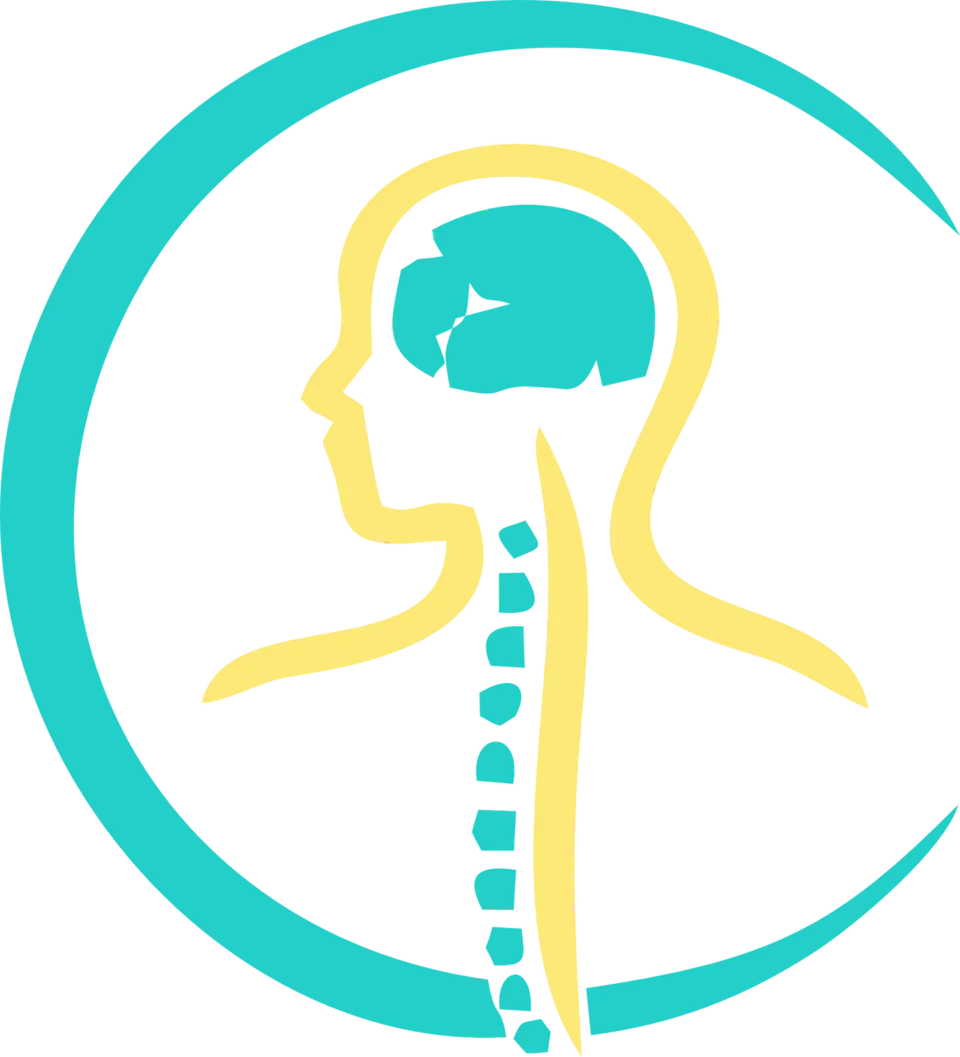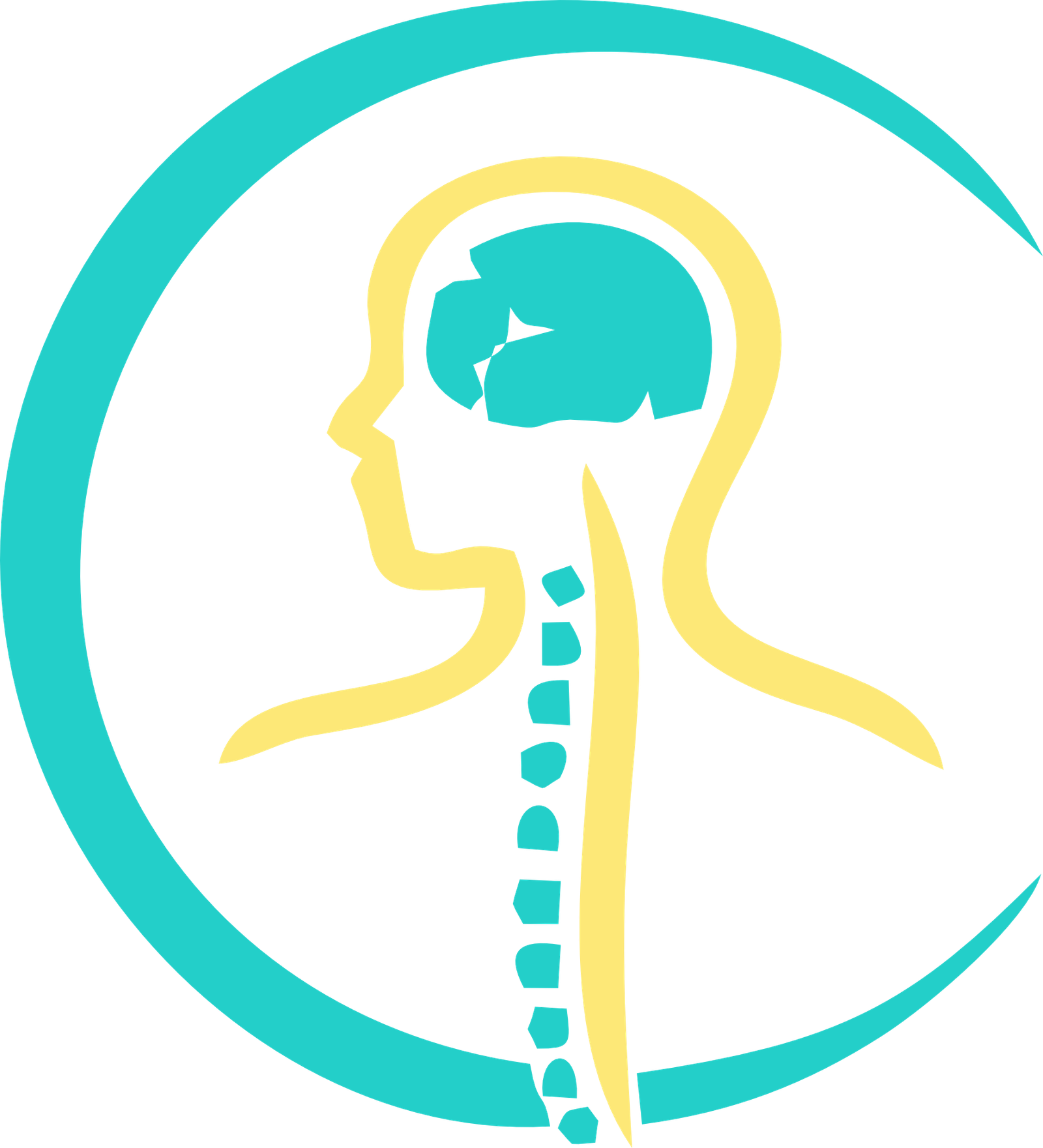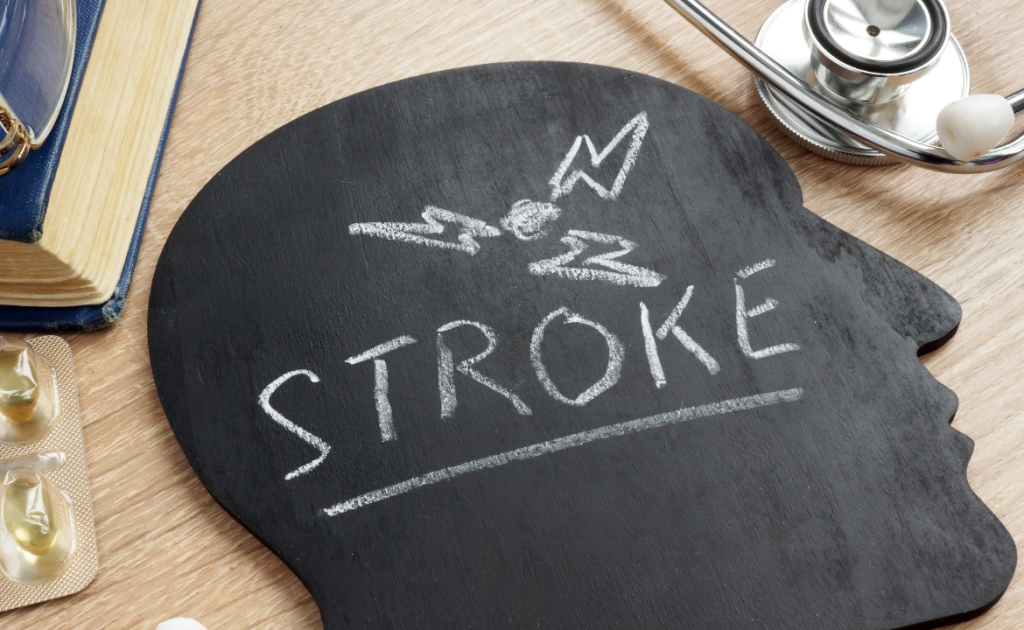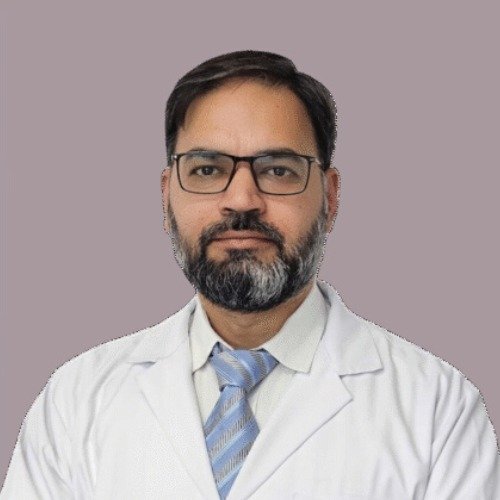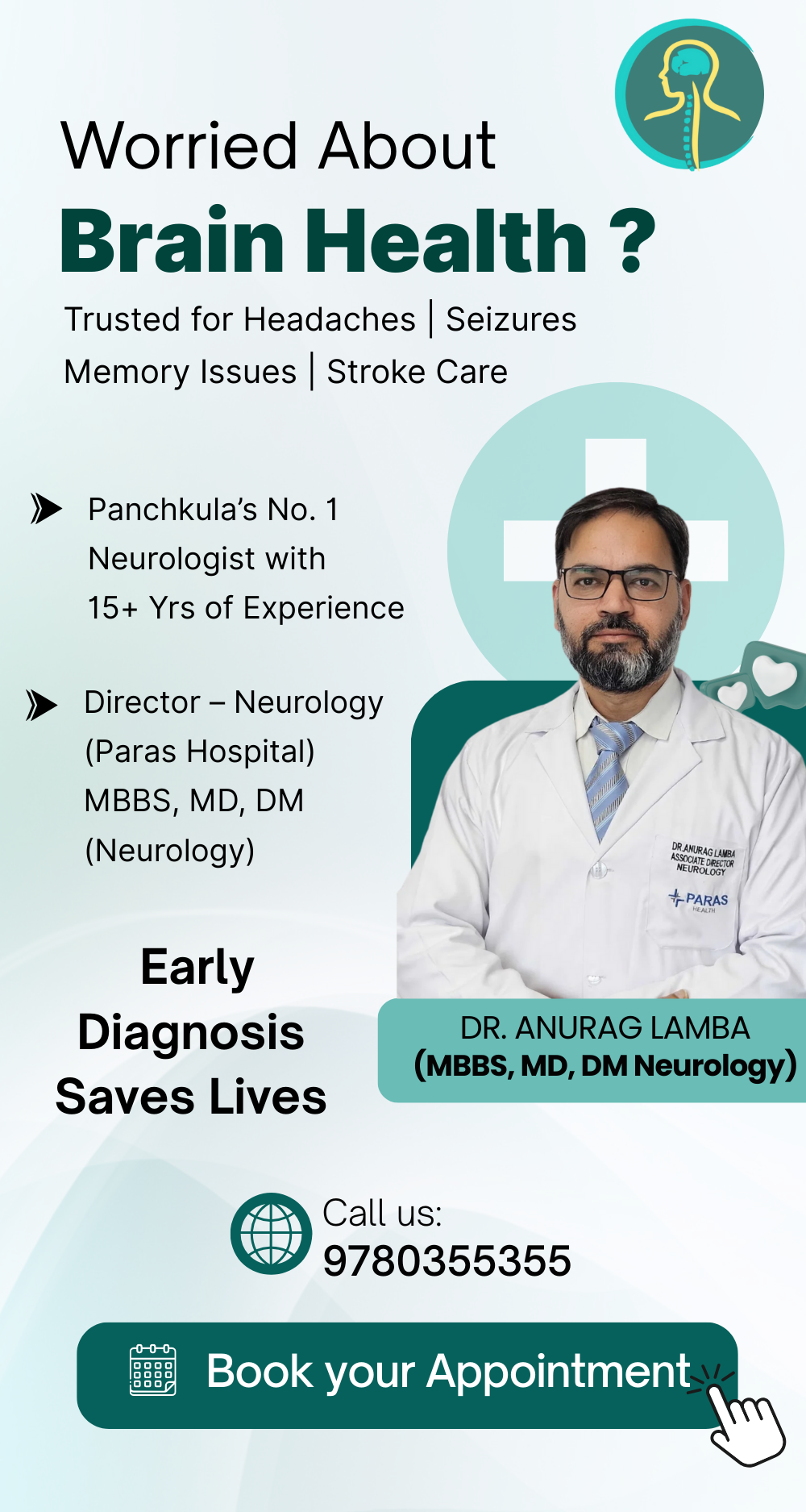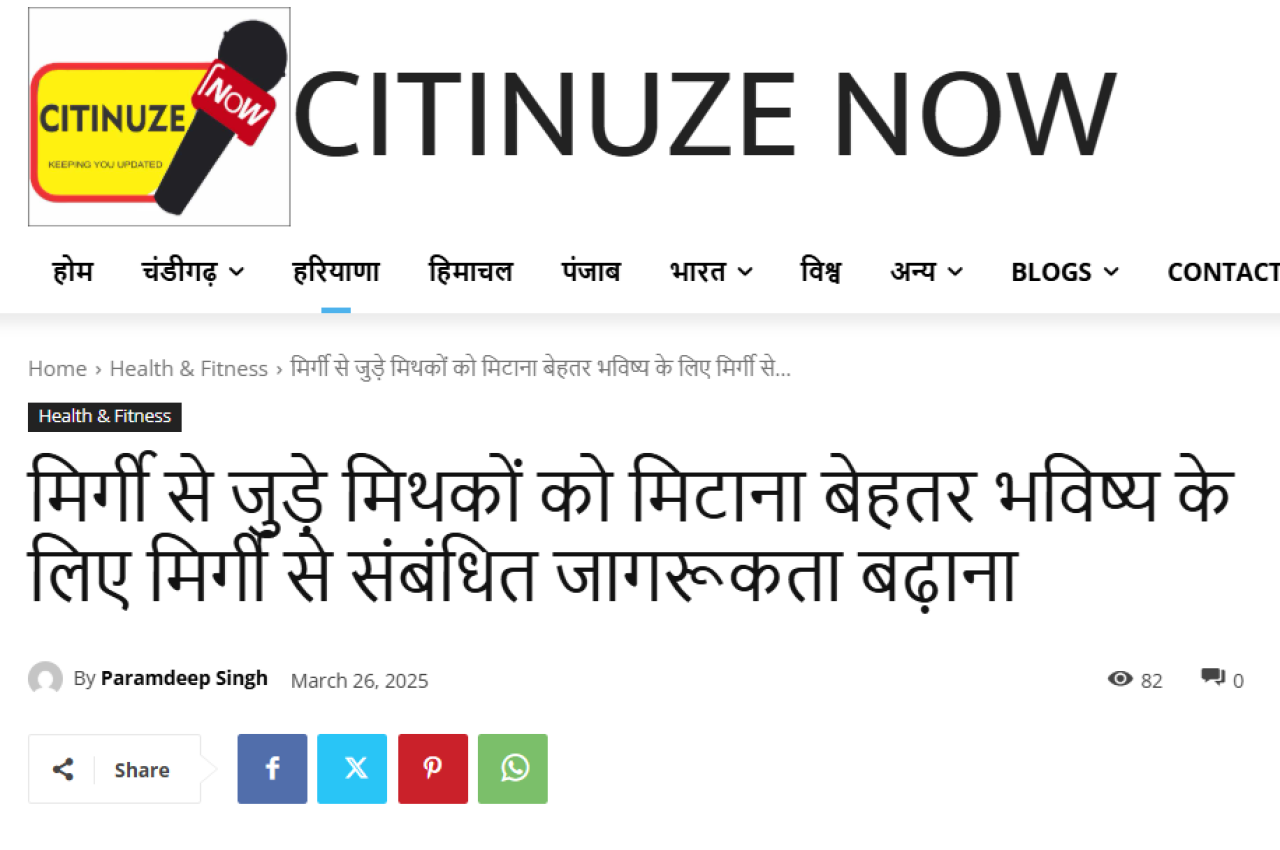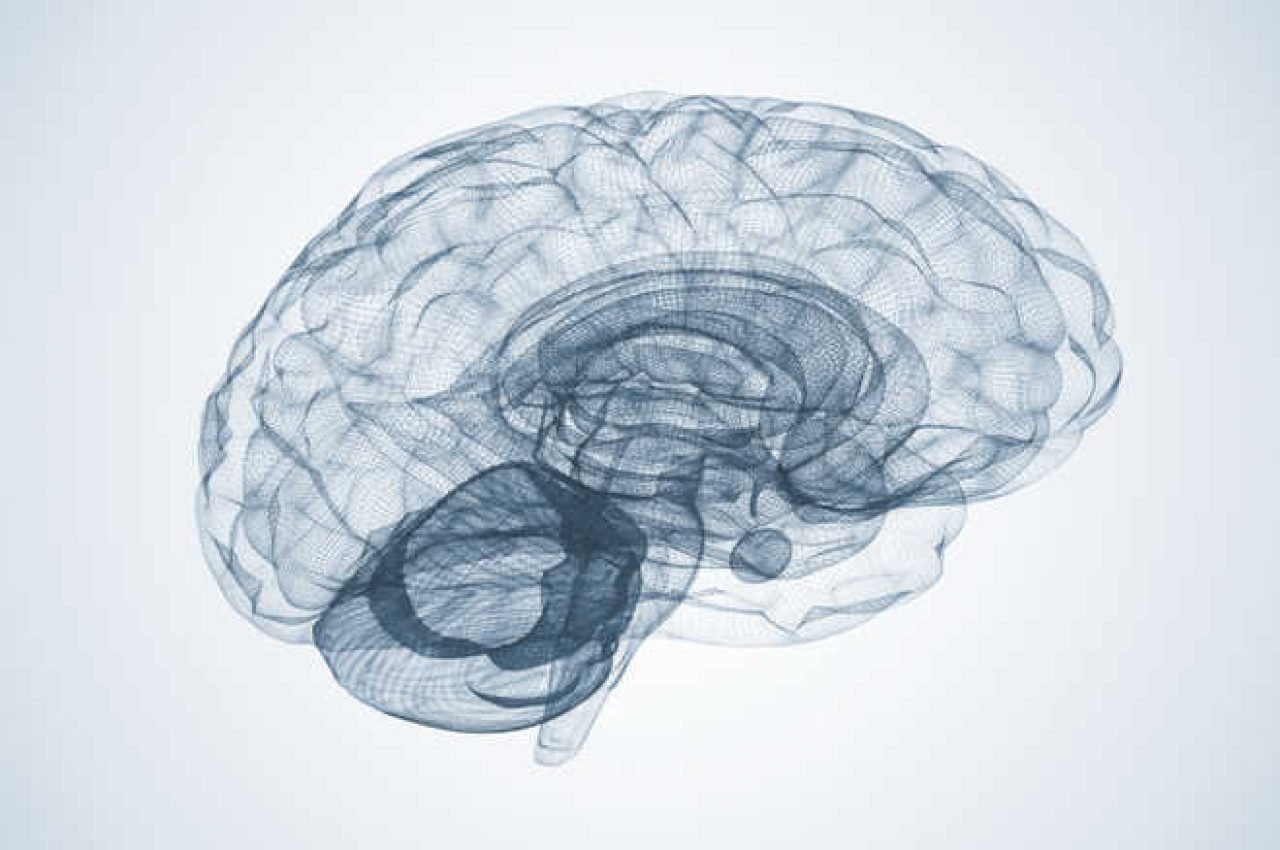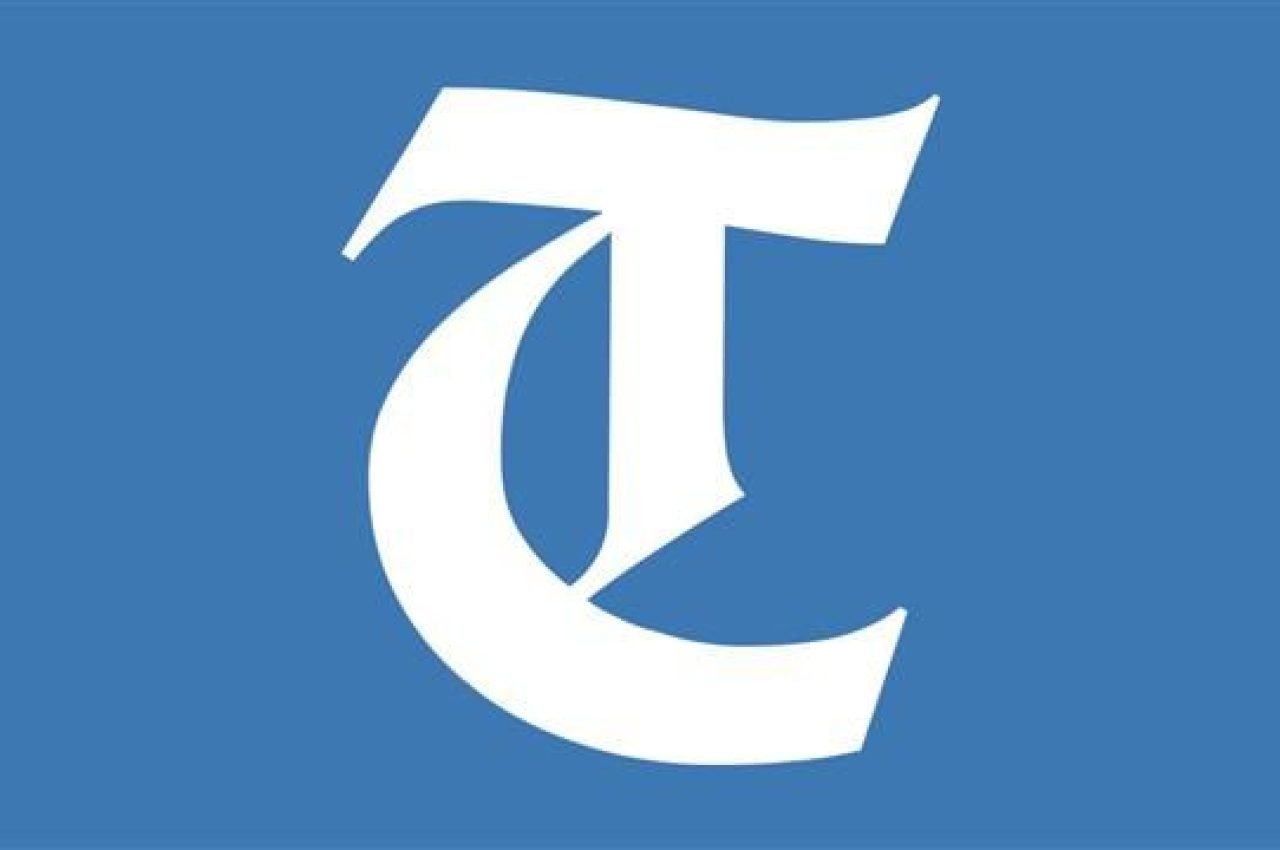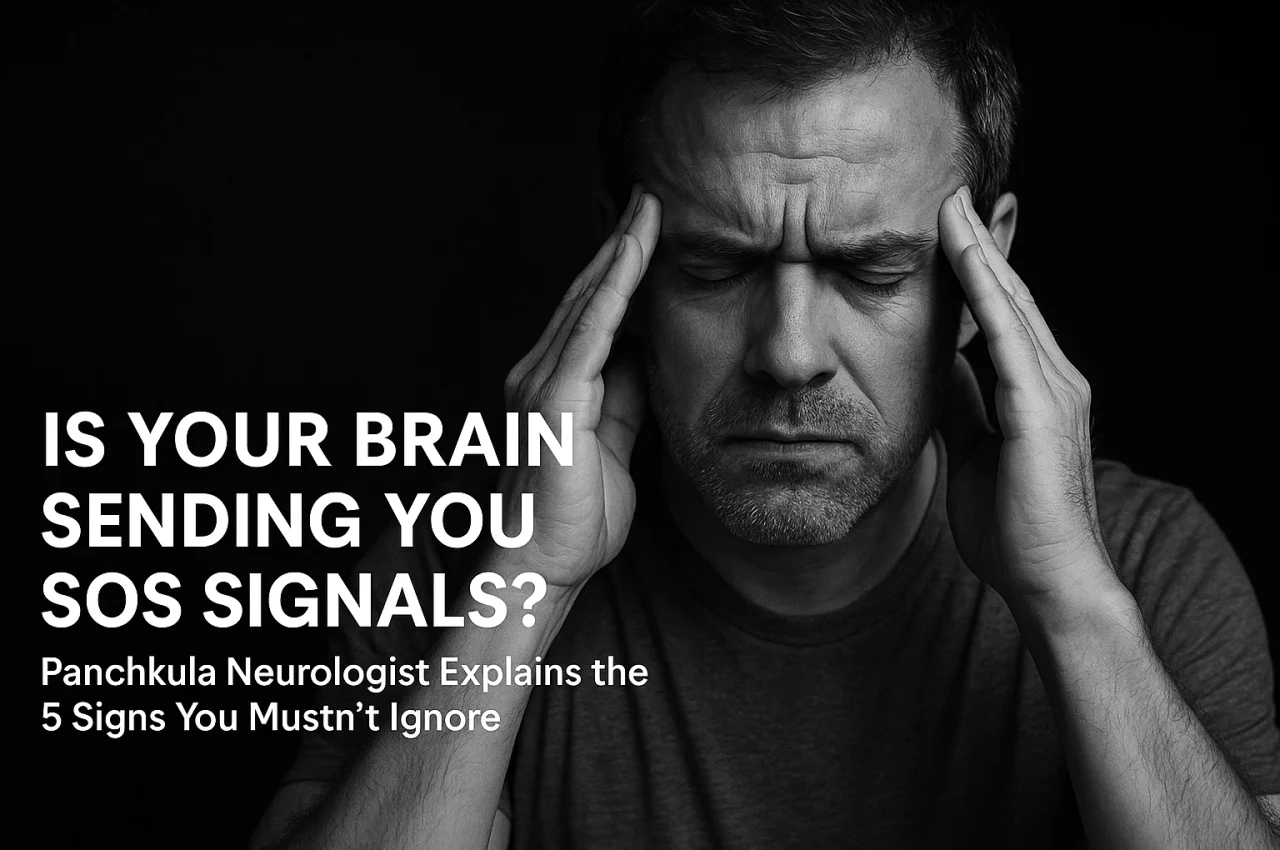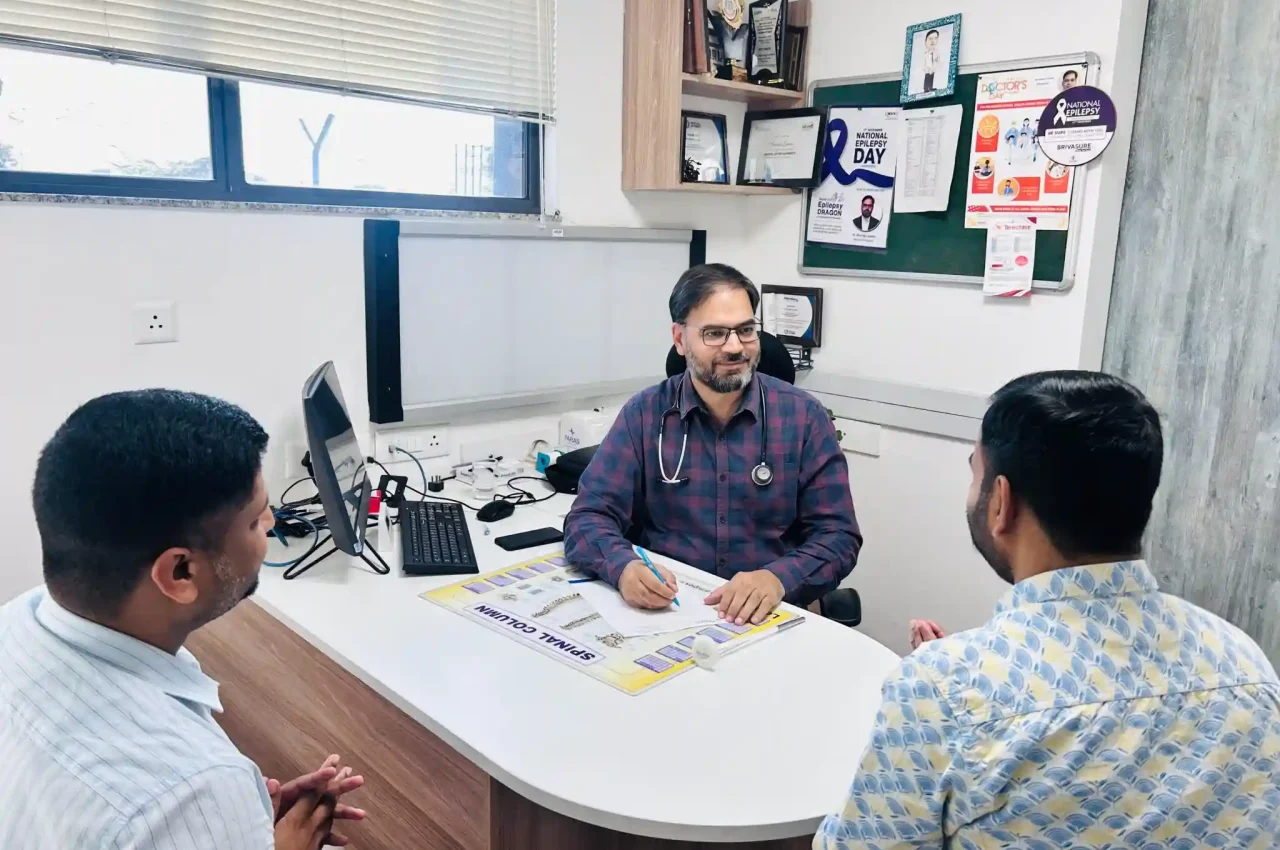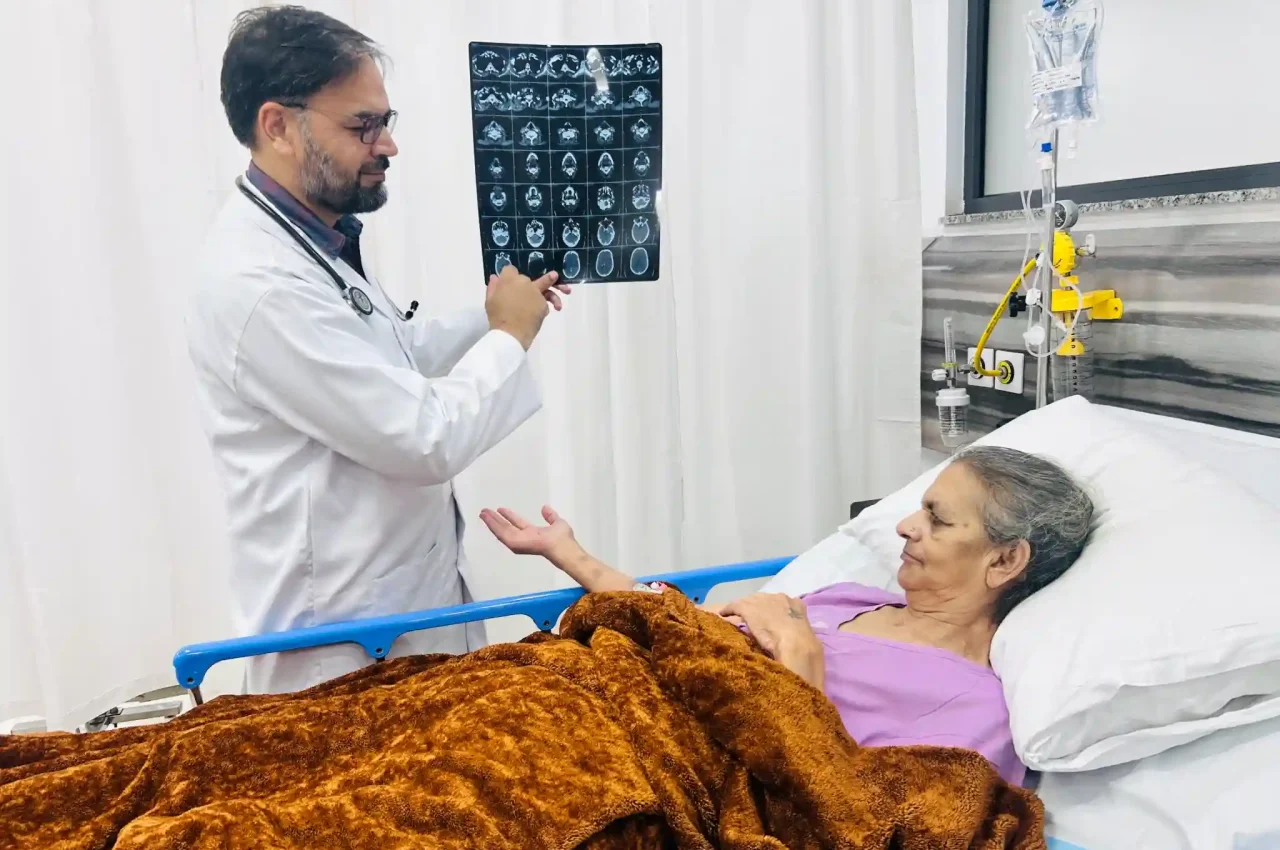You wake up one morning, and your right hand just won’t move like it used to. Or maybe someone you love suddenly starts slurring their words, looking confused, or struggling to balance. It’s scary and confusing. Is it a stroke? Is it serious? Who do you even call first?
Here’s the thing: brain strokes don’t always look dramatic. Sometimes it’s subtle. But catching them early and knowing when to involve a neurologist can make the difference between full recovery and long-term damage. Especially in cities like Panchkula and the broader Tricity region, where access to advanced care is growing, knowing your options gives you power.
1. What Actually Is a Stroke?
A stroke happens when blood flow to a part of your brain gets blocked (ischemic stroke) or when a blood vessel bursts (hemorrhagic stroke). Without oxygen, brain cells begin to die — and fast.
Early damage can be reversed, but only if treatment starts quickly. That’s why neurologists often say: “Time is brain.” The American Stroke Association shares this same principle — quick action saves lives.
2. Neurologist’s Role in Stroke Recovery
Once emergency care is over, the neurologist steps in. They’re not just checking scans — they’re managing every aspect of your recovery.
- Preventing future strokes by controlling blood pressure, cholesterol, diabetes
- Managing rehab for movement, speech, or memory challenges
- Monitoring post-stroke seizures
- Prescribing neuroprotective meds to heal brain pathways
If you’re searching for a stroke recovery specialist in Panchkula, Dr. Anurag Lamba’s Neuro Clinic offers holistic care and decades of experience.
3. Early Warning Signs You Should Never Ignore
Not every stroke starts with someone collapsing. Be alert for:
- Sudden numbness or weakness (especially one-sided)
- Trouble speaking or understanding speech
- Blurred or double vision
- Dizziness, loss of balance
- Sudden, intense headache
Use the FAST rule:
Face drooping? Arm weakness? Speech slurred? Time to call emergency services.
Even if the symptoms go away in minutes, it could be a mini-stroke (TIA). Still dangerous. Still needs urgent care.
4. What Happens After the Hospital?
Most stroke patients in Tricity receive emergency care in hospitals like Paras or Fortis. But after discharge, the real journey begins.
You’ll need:
- Follow-up with a neurologist
- A tailored recovery plan
- Physiotherapy, speech therapy, or cognitive therapy depending on symptoms
This is where continuity matters. Instead of jumping between specialists, book a consultation with a neurologist who offers end-to-end stroke management.
5. Stroke Recovery Timeline: What to Expect
Everyone’s brain heals differently, but here’s a general idea:
- Week 1–2: Focus on stability, controlling swelling, managing pressure
- Month 1: Begin therapy — physical, occupational, or speech
- Months 2–6: Brain retrains itself; visible improvements in strength, speech, cognition
- After 6 months: Slower recovery, but still possible with consistent support
Progress depends on how early treatment started, and how active the recovery process is.
6. Stroke Types That Need Extra Care
Some strokes need longer recovery, especially:
- Hemorrhagic strokes (bleeding): Higher risk of complications, longer ICU stay
- Brainstem strokes: Can affect breathing, heart rate, alertness
- Multiple strokes: May affect different areas like memory, movement, and vision
For such cases, having a neurologist like Dr. Lamba overseeing care ensures close monitoring and timely interventions.
7. How Panchkula’s Neuro Services Are Evolving
Not long ago, stroke care outside major metros felt lacking. Today, Panchkula is home to advanced neuro-diagnostics, MRI setups, ICU-grade monitoring, and post-stroke rehab units.
Patients don’t need to travel far anymore. Tricity residents now have access to:
- MRI with diffusion scans
- EEG monitoring for post-stroke seizures
- Swallow studies
- Integrated rehab teams
Want a second opinion or care plan? Book your neuro consultation here.
8. Common Stroke Myths That Delay Recovery
Let’s clear these up:
- “If symptoms go away, it’s fine” → Even short symptoms can mean a TIA. Big warning.
- “Only older people have strokes” → Not true. Strokes are rising among 30–50-year-olds.
- “Stroke damage can’t be reversed” → Early action can reduce or even reverse effects.
The NHS UK Stroke Guide outlines this well — recovery is very much possible, especially with neurologist-led care.
9. Long-Term Neurology Support Matters
Your neurologist doesn’t disappear after the MRI. They’re your long-term guide for:
- Monitoring brain healing
- Adjusting medications to prevent new strokes
- Managing emotional health (post-stroke depression is real)
You might also need support for:
- Memory lapses
- Personality changes
- Anxiety or PTSD post-stroke
That’s why it’s not just about a hospital visit. It’s about staying connected with someone who sees the full picture.
10. Your First Move: Don’t Wait for “Next Time”
Most people say, “I wish I came sooner.” You don’t have to be one of them to achieve brain stroke recovery. If something feels off — your speech, your grip, your balance — even for a minute, get it checked.
Dr. Anurag Lamba’s Neuro Clinic is a trusted option across Panchkula and the wider Tricity region. Patients come from Zirakpur, Mohali, and even Himachal for clarity and long-term neurological care.
